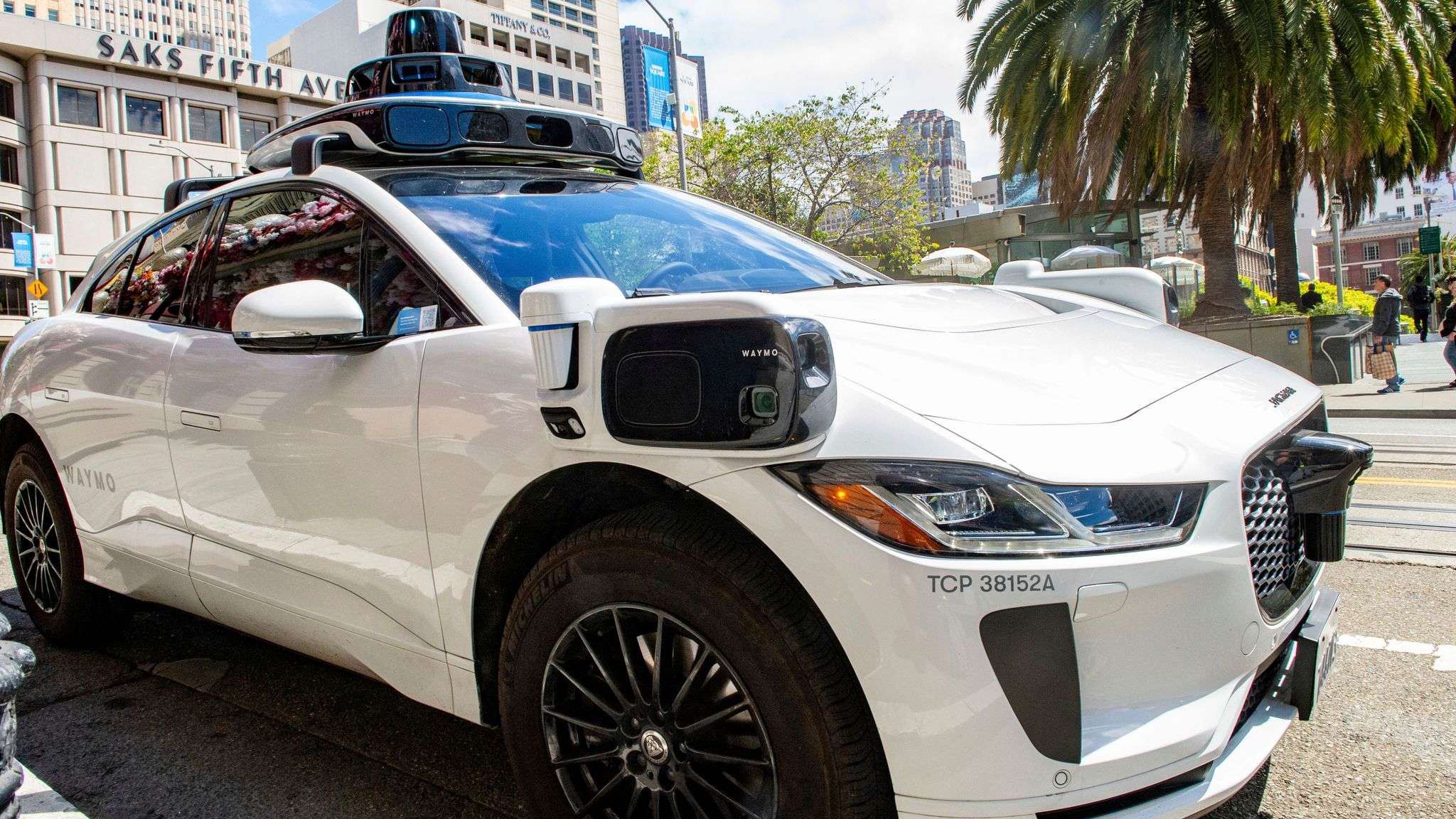In recent months, residents of a quiet San Francisco neighborhood have found themselves embroiled in an unexpected conflict with a fleet of autonomous vehicles. These robotaxis, operated by Waymo, a subsidiary of Alphabet Inc., have become a source of sleepless nights for many due to their incessant honking. The constant noise pollution has turned what was once a peaceful area into a battleground between human patience and machine logic.
The honking issue stems from the robotaxis’ advanced navigation systems, which are designed to prioritize safety above all else. However, this programming often results in overcautious behavior, with the vehicles emitting frequent honks at perceived obstacles, even when the streets are empty. For the residents living near a key Waymo taxi car park, the effect has been nothing short of maddening. The honking occurs at all hours, disrupting sleep and turning simple activities like watching television or having a conversation into challenging tasks.
The frustration of these residents reached new heights when one particularly fed-up individual decided to take matters into their own hands. This resident, who has chosen to remain anonymous, set up a livestream aimed directly at the Waymo car park. What began as a personal endeavor to document the disturbances quickly gained traction online. Within weeks, the livestream attracted tens of thousands of viewers from around the world, all tuning in to witness the ongoing saga of human versus machine.
The livestream offers a front-row seat to the daily life of the robotaxis. Viewers can watch as the cars honk at invisible threats, navigate the parking lot with meticulous care, and occasionally encounter the odd pedestrian or cyclist. The stream has turned into a form of unintended entertainment, with people from various time zones checking in at all hours to see the latest developments. Some viewers express solidarity with the residents, while others are simply fascinated by the quirks of autonomous technology in action.
As the livestream’s popularity grows, it has also sparked broader conversations about the integration of autonomous vehicles into urban environments. The honking issue highlights the challenges of deploying advanced technology in real-world settings where the nuances of human behavior and urban life are difficult to program into an algorithm. While Waymo has made significant strides in autonomous driving, the frustrations of San Francisco residents serve as a reminder that there is still much work to be done to ensure these vehicles coexist harmoniously with the communities they serve.
Waymo has acknowledged the problem and is reportedly working on software updates to address the overactive honking. However, for the residents who have endured months of sleepless nights, the promises of future fixes offer little immediate comfort. The livestream continues to operate, capturing each honk in real-time and amplifying the frustrations of those affected.
The situation in San Francisco underscores a critical tension in the deployment of new technology. Autonomous vehicles are touted as the future of transportation, promising greater safety, efficiency, and environmental benefits. Yet, as this incident shows, the road to that future is paved with unforeseen challenges that can have a profound impact on the very people these technologies are meant to serve. As the world watches the Waymo robotaxis in San Francisco, the lesson is clear: innovation must go hand in hand with consideration for the communities it touches. Without this balance, the promise of progress can quickly turn into a source of unrest.








































